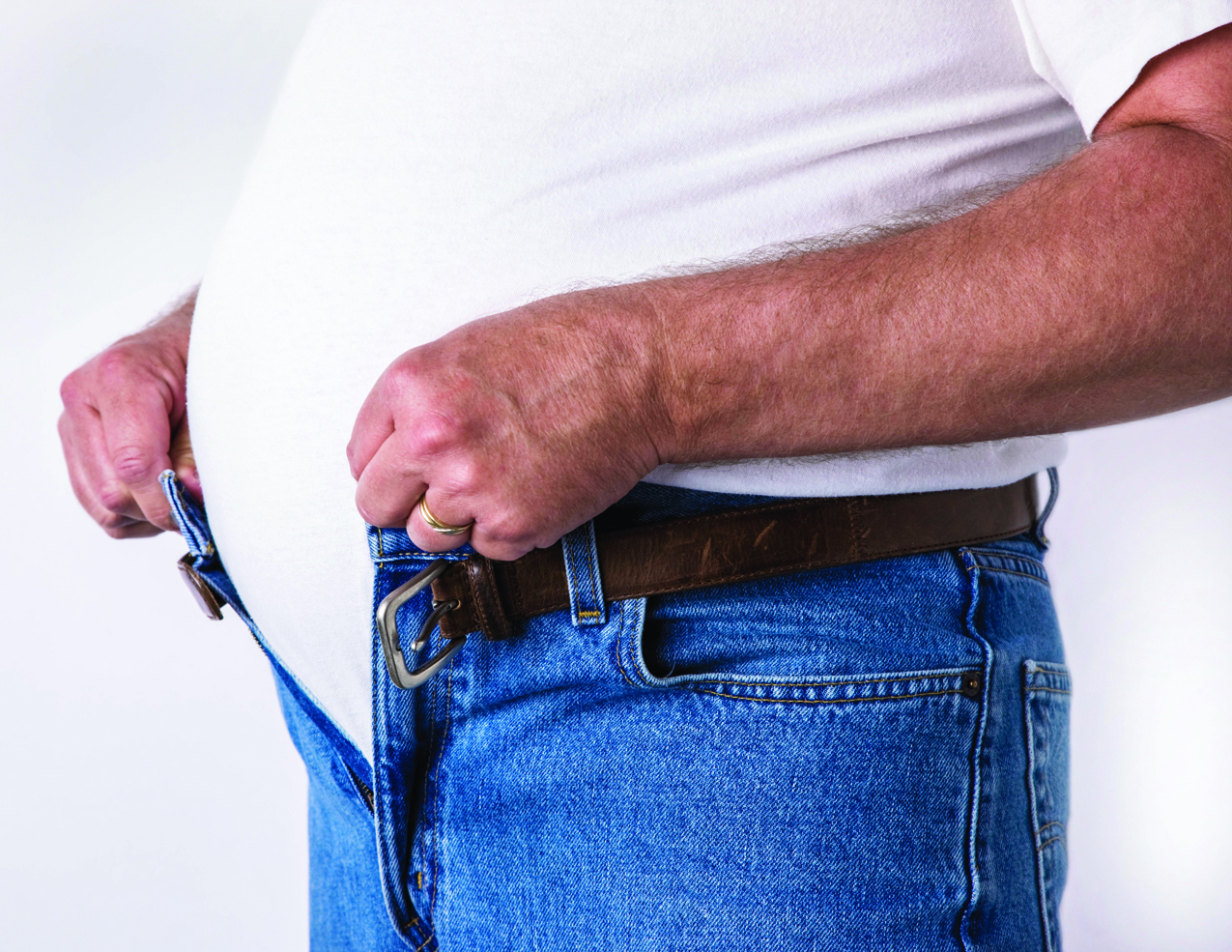Improving flexibility is a goal for many athletes, whether they’re daily exercise devotees or weekend warriors. Taking steps to improve and maintain flexibility has numerous benefits that can pay dividends for athletes of all ages.
According to the Harvard Medical School, well-stretched muscles more easily reach their full range of motion. That benefits athletes by improving their performance, and it can also improve daily life for non-athletes by making it easier to reach, bend or stoop to perform everyday tasks.
As beneficial as being physically flexible can be, many people, no matter how hard they try, struggle to improve or maintain their flexibility. Fortunately, there are some ways that devoted men and women can improve their flexibility and enjoy all of the benefits that increased flexibility provides.
• Choose the right activities. Harvard Medical School notes that activities that lengthen and stretch muscles can help active men and women reduce their risks for injury while potentially preventing back pain and issues that may affect their balance. When done correctly, yoga can improve balance and flexibility. In addition, numerous studies have linked yoga to additional health benefits, such as stress reduction, that can make people less tense, thereby improving their flexibility.
• Drink more water. Drinking water helps to prevent tightness and muscle cramps. In fact, tightness or muscle cramps in the large muscles of the leg may be indicative of the early stages of dehydration. Drinking plain water is the most effective way to stay and remain hydrated. Don’t count coffee, tea or sports drinks as water, as such beverages many contain caffeine. Caffeine is a diuretic, and while diuretics cause the increased passing of urine, they also decrease the amount of water that is absorbed by the kidneys, potentially contributing to dehydration. Drink plenty of water before, during and after workouts.
• Start over after an extended break. If it’s been awhile since you last worked out, resist the temptation to push yourself when returning to the gym. Depending on how long it’s been since you last exercised, you may need to start back at square one, which means reducing the amount of weight you lift and decreasing the resistance during cardiovascular exercises. Putting too much strain on muscles that have been sedentary for an extended period of time can cause aches, pains and even injury. Muscle tightness also may develop if you go too hard too quickly, greatly reducing flexibility.
• Get up and go. Poor flexibility may be a byproduct of your lifestyle. Men and women who live sedentary lifestyles are less likely to enjoy the full range of motion from their muscles than those people who are more active. Get off the couch when spending time at home, and if you work in an office, take routine breaks to stand up and walk around. Poor flexibility can be painful and inconvenient, but there are many ways for men and women to improve their flexibility and, as a result, their quality of life.








